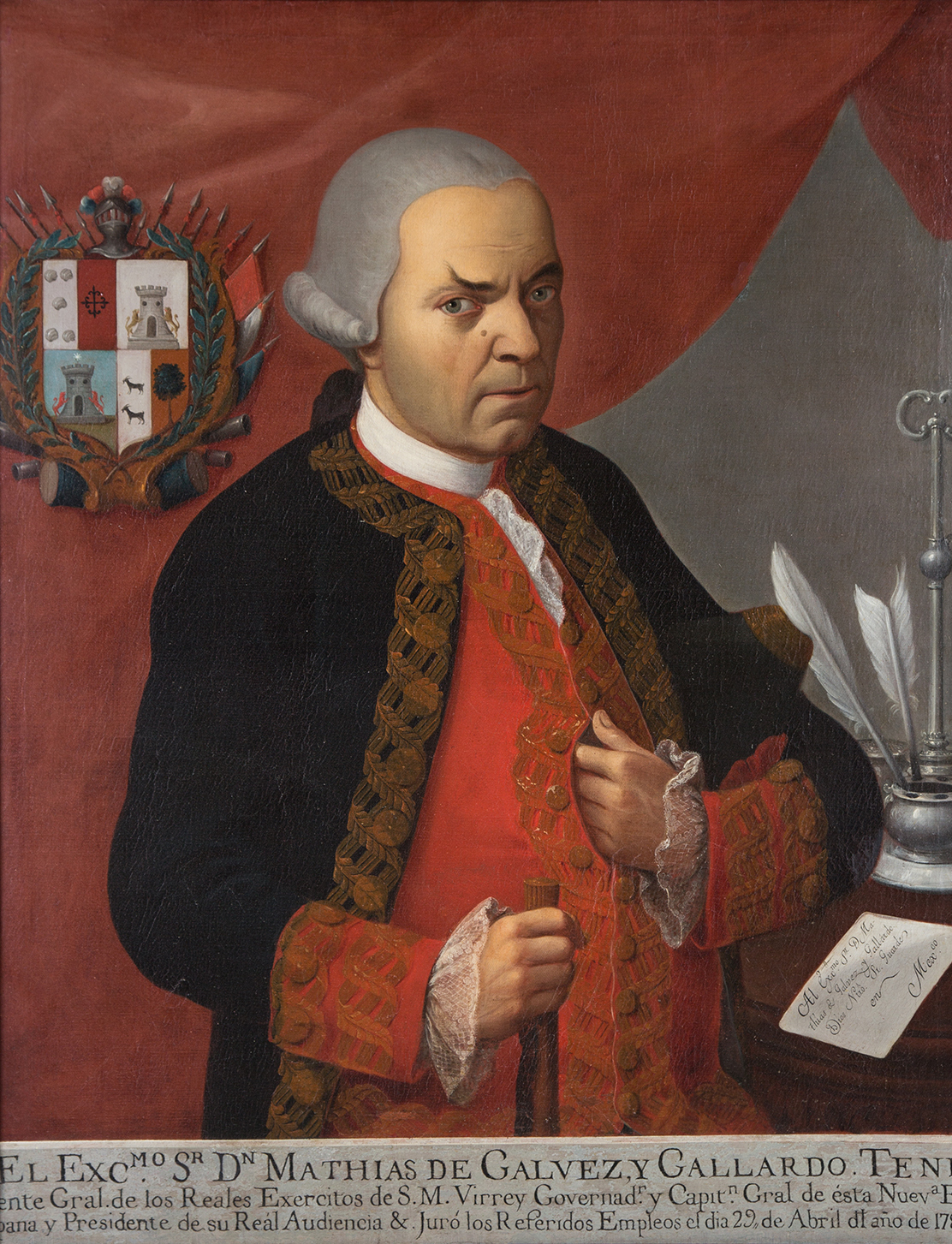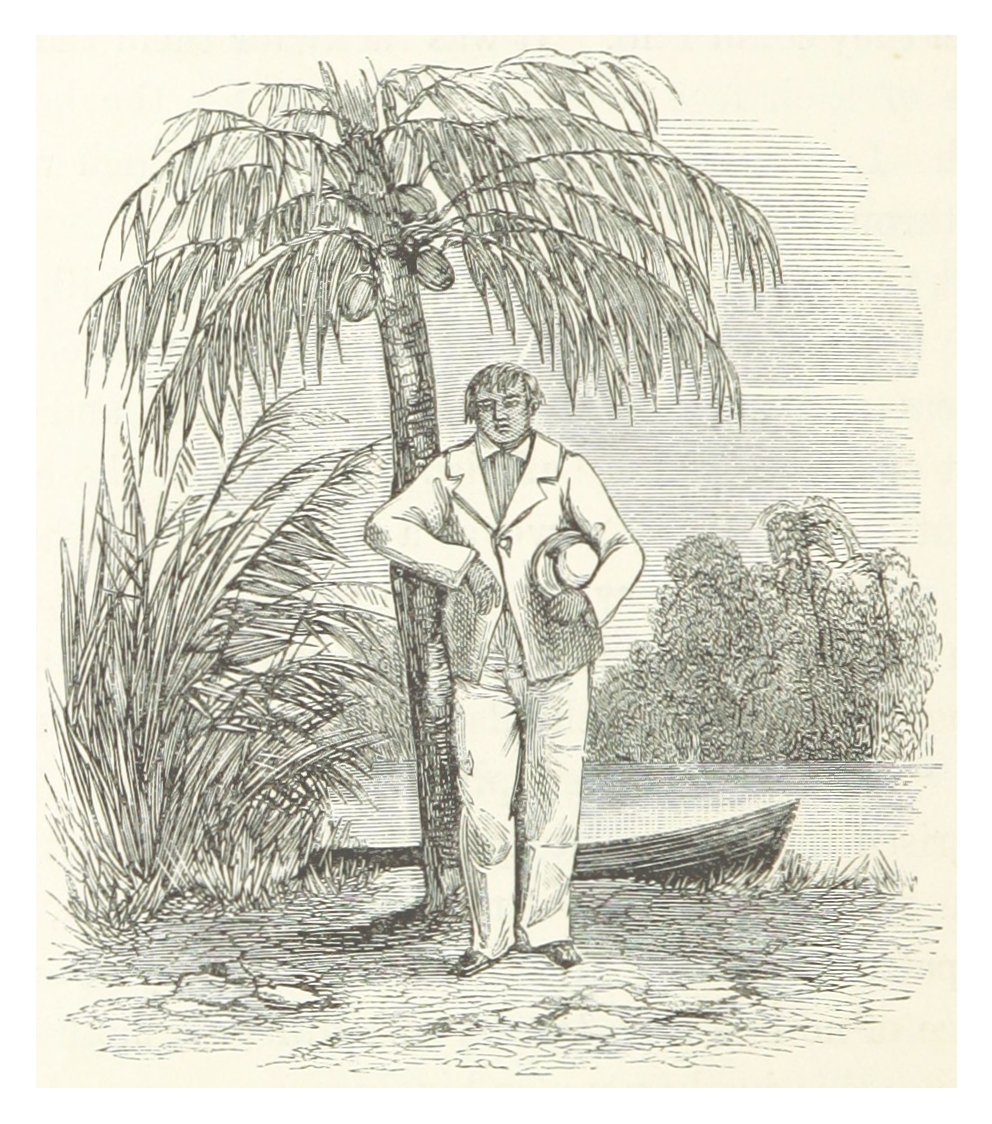|
San Juan Expedition (1780)
The San Juan Expedition took place between March and November 1780 during the American War of Independence when a British force under the command of John Polson and Captain Horatio Nelson landed on the coast of the present-day Nicaragua, with the aim of sailing up the San Juan River to capture the strategically crucial towns of Granada and León, located on the northwestern shore of Lake Nicaragua. Despite an initial success in the capture of the Fortress of the Immaculate Conception, Polson's force never reached Lake Nicaragua and, decimated by yellow fever, was forced to return to Jamaica. The campaign ended in total failure and cost the lives of more than 2,500 men, making it the costliest British disaster of the entire war. Background After Spain entered the American Revolutionary War in 1779, Major-General John Dalling, the governor of Jamaica, proposed a military expedition against the Spanish province of Nicaragua, belonging then to the Captaincy General of Guatemala, ... [...More Info...] [...Related Items...] OR: [Wikipedia] [Google] [Baidu] |
John Francis Rigaud
John Francis Rigaud (18 May 1742 – 6 December 1810) was an eighteenth-century history, portrait, and decorative painter. Of French descent, he was born in Turin and spent most of his career in England. Early life Rigaud was born in Turin on 18 May 1742 and baptised on 9 September. He was the second son of James Dutilh or Rigaud and Jeanne Françoise Guiraudet. His father came from a family of Protestant merchants; his grandfather Jacques Dutilh had fled from Lyon to Geneva with his family after the revocation of the Edict of Nantes. Jacques died on the journey, and his widow assumed her maiden name—Rigaud—by which the family became known.Cust and Myrone, "John Francis Rigaud". John had a brother Jacques Etienne Rigaud born 16 Jan 1741 and died 7 Mar 1767 at Turin. Having demonstrated an artistic ability, Rigaud studied with Claudio Francesco Beaumont of Turin, historical painter to the king of Sardinia. He left Beaumont to travel Italy and study painting in Florence an ... [...More Info...] [...Related Items...] OR: [Wikipedia] [Google] [Baidu] |
Pacific Ocean
The Pacific Ocean is the largest and deepest of Earth's five oceanic divisions. It extends from the Arctic Ocean in the north to the Southern Ocean (or, depending on definition, to Antarctica) in the south, and is bounded by the continents of Asia and Oceania in the west and the Americas in the east. At in area (as defined with a southern Antarctic border), this largest division of the World Ocean—and, in turn, the hydrosphere—covers about 46% of Earth's water surface and about 32% of its total surface area, larger than Earth's entire land area combined .Pacific Ocean . '' Britannica Concise.'' 2008: Encyclopædia Britannica, Inc. The centers of both the |
Typhoid Fever
Typhoid fever, also known as typhoid, is a disease caused by '' Salmonella'' serotype Typhi bacteria. Symptoms vary from mild to severe, and usually begin six to 30 days after exposure. Often there is a gradual onset of a high fever over several days. This is commonly accompanied by weakness, abdominal pain, constipation, headaches, and mild vomiting. Some people develop a skin rash with rose colored spots. In severe cases, people may experience confusion. Without treatment, symptoms may last weeks or months. Diarrhea may be severe, but is uncommon. Other people may carry the bacterium without being affected, but they are still able to spread the disease. Typhoid fever is a type of enteric fever, along with paratyphoid fever. ''S. enterica'' Typhi is believed to infect and replicate only within humans. Typhoid is caused by the bacterium ''Salmonella enterica'' subsp. ''enterica'' serovar Typhi growing in the intestines, peyers patches, mesenteric lymph nodes, spleen, liver ... [...More Info...] [...Related Items...] OR: [Wikipedia] [Google] [Baidu] |
Dysentery
Dysentery (UK pronunciation: , US: ), historically known as the bloody flux, is a type of gastroenteritis that results in bloody diarrhea. Other symptoms may include fever, abdominal pain, and a feeling of incomplete defecation. Complications may include dehydration. The cause of dysentery is usually the bacteria from genus ''Shigella'', in which case it is known as shigellosis, or the amoeba ''Entamoeba histolytica''; then it is called amoebiasis. Other causes may include certain chemicals, other bacteria, other protozoa, or parasitic worms. It may spread between people. Risk factors include contamination of food and water with feces due to poor sanitation. The underlying mechanism involves inflammation of the intestine, especially of the colon. Efforts to prevent dysentery include hand washing and food safety measures while traveling in areas of high risk. While the condition generally resolves on its own within a week, drinking sufficient fluids such as oral rehydration s ... [...More Info...] [...Related Items...] OR: [Wikipedia] [Google] [Baidu] |
Malaria
Malaria is a mosquito-borne infectious disease that affects humans and other animals. Malaria causes symptoms that typically include fever, tiredness, vomiting, and headaches. In severe cases, it can cause jaundice, seizures, coma, or death. Symptoms usually begin ten to fifteen days after being bitten by an infected mosquito. If not properly treated, people may have recurrences of the disease months later. In those who have recently survived an infection, reinfection usually causes milder symptoms. This partial resistance disappears over months to years if the person has no continuing exposure to malaria. Malaria is caused by single-celled microorganisms of the ''Plasmodium'' group. It is spread exclusively through bites of infected ''Anopheles'' mosquitoes. The mosquito bite introduces the parasites from the mosquito's saliva into a person's blood. The parasites travel to the liver where they mature and reproduce. Five species of ''Plasmodium'' can infect and be spread by h ... [...More Info...] [...Related Items...] OR: [Wikipedia] [Google] [Baidu] |
Fort San Juan (Nicaragua)
The Fortress of the Immaculate Conception, (Spanish: ''El Castillo de la Inmaculada Concepción'') is a fortification located on the southern bank of the San Juan River (''Río San Juan''), in the village of El Castillo in southern Nicaragua. The fortress is situated approximately 6 kilometers from the border with Costa Rica, at the ''Raudal del Diablo'' rapids of the San Juan River. It was completed in 1675 as part of a series of fortifications along the San Juan River, to defend against pirate attacks upon the city of Granada (which can be reached by navigating upstream from the Caribbean Sea along the San Juan River into Lake Nicaragua). The settlement of El Castillo and its fortress continued to be strategically important to the Captaincy General of Guatemala until the late 18th century. An important historic landmark of Nicaragua, the fortress is on a list of sites as an initial stage in achieving World Heritage Site status with the United Nations Educational, Scientific and ... [...More Info...] [...Related Items...] OR: [Wikipedia] [Google] [Baidu] |
Hand-to-hand Combat
Hand-to-hand combat (sometimes abbreviated as HTH or H2H) is a physical confrontation between two or more persons at short range (grappling distance or within the physical reach of a handheld weapon) that does not involve the use of weapons.Hunsicker, A., ''Advanced Skills in Executive Protection'', Boca Raton FL: Universal Publishers, , , p. 51 The phrase "hand-to-hand" sometimes include use of melee weapons such as knives, swords, clubs, spears, axes, or improvised weapons such as entrenching tools. While the term "hand-to-hand combat" originally referred principally to engagements by combatants on the battlefield, it can also refer to any personal physical engagement by two or more people, including law enforcement officers, civilians, and criminals. Combat within close quarters, to a range just beyond grappling distance, is commonly termed close combat or close-quarters combat. It may include lethal and non-lethal weapons and methods depending upon the restrictions impos ... [...More Info...] [...Related Items...] OR: [Wikipedia] [Google] [Baidu] |
San Juan Del Norte
San Juan de Nicaragua, formerly known as San Juan del Norte or Greytown, is a town and municipality in the Río San Juan Department of Nicaragua. History San Juan del Norte was founded by the Spanish and was a small fort and customs station. Spanish explorers first reached the bay at the mouth of the San Juan River on 24 June ( feast day of Saint John the Baptist) 1539 and named it San Juan del Norte (St. John of the North). A garrison was first established in 1541 as San Juan de la Cruz by Nicaraguan governor Rodrigo Contreras. In 1707 and again in 1762, the area was captured by an alliance of Miskitos, Zambos (Afro- Indians), and English. After 1762, settlement of the area began and a 1778 commercial treaty permitted residency of Spaniards. The eastern coast of Nicaragua had long fallen under British influence with the Mosquito Coast being a protectorate from 1740 but the Spanish asserted control over San Juan del Norte after the 1786 Convention of London. The town wa ... [...More Info...] [...Related Items...] OR: [Wikipedia] [Google] [Baidu] |
Miskito People
The Miskitos are a native people in Central America. Their territory extends from Cape Camarón, Honduras, to Río Grande de Matagalpa, Nicaragua, along the Mosquito Coast, in the Western Caribbean Zone. Their population is estimated at 700,000 people as of 2021 according to the official Miskito Database. The Miskito people speak a native Miskito language, but many can also speak Miskito Coast Creole, Spanish, English, and German. Spanish is the language of education and government, but some family educate their children in English, German, or Miskito. Miskito Coast Creole, an English-based creole language, came about through frequent contact with the British for trading, as they predominated along this coast. Many are Christians. A 1987 peace agreement afforded them land rights over traditional lands. However, despite significant political struggles throughout their history, today the Miskito face human rights violations over land rights disputes, as recognized by the Inter-Ame ... [...More Info...] [...Related Items...] OR: [Wikipedia] [Google] [Baidu] |
79th Regiment Of Foot (Royal Liverpool Volunteers)
The 79th Regiment of Foot (Royal Liverpool Volunteers) was an infantry regiment of the British Army, also known as the Liverpool Blues, which served in the Americas during the American War of Independence. In common with other volunteer regiments formed elsewhere in Britain during the conflict, the 79th was raised at the expense of the port of Liverpool, with the town's corporation contributing £2000. On the 79th's creation in 1778, Major Pole assumed command as its lieutenant-colonel. The regiment arrived in Jamaica in March 1779 and had detachments assigned the role of marines. In February 1780, the regiment took part in an expedition against the Spanish colony of Nicaragua, ferried by young Captain Horatio Nelson. An evacuation was carried out later in the year because of disease which had become rife in the inhospitable climate, decimating the expedition. In 1781, Banastre Tarleton became the lieutenant-colonel of the Liverpool Volunteers, though remained in command of the ... [...More Info...] [...Related Items...] OR: [Wikipedia] [Google] [Baidu] |
King's Royal Rifle Corps
The King's Royal Rifle Corps was an infantry rifle regiment of the British Army that was originally raised in British North America as the Royal American Regiment during the phase of the Seven Years' War in North America known in the United States as 'The French and Indian War.' Subsequently numbered the 60th Regiment of Foot, the regiment served for more than 200 years throughout the British Empire. In 1958, the regiment joined the Oxfordshire and Buckinghamshire Light Infantry and the Rifle Brigade in the Green Jackets Brigade and in 1966 the three regiments were formally amalgamated to become the Royal Green Jackets. The KRRC became the 2nd Battalion, Royal Green Jackets. On the disbandment of the 1st Battalion, Royal Green Jackets in 1992, the RGJ's KRRC battalion was redesignated as the 1st Battalion, Royal Green Jackets, eventually becoming 2nd Battalion, The Rifles in 2007. History French and Indian War The King's Royal Rifle Corps was raised in the American colonies i ... [...More Info...] [...Related Items...] OR: [Wikipedia] [Google] [Baidu] |

.jpg)






